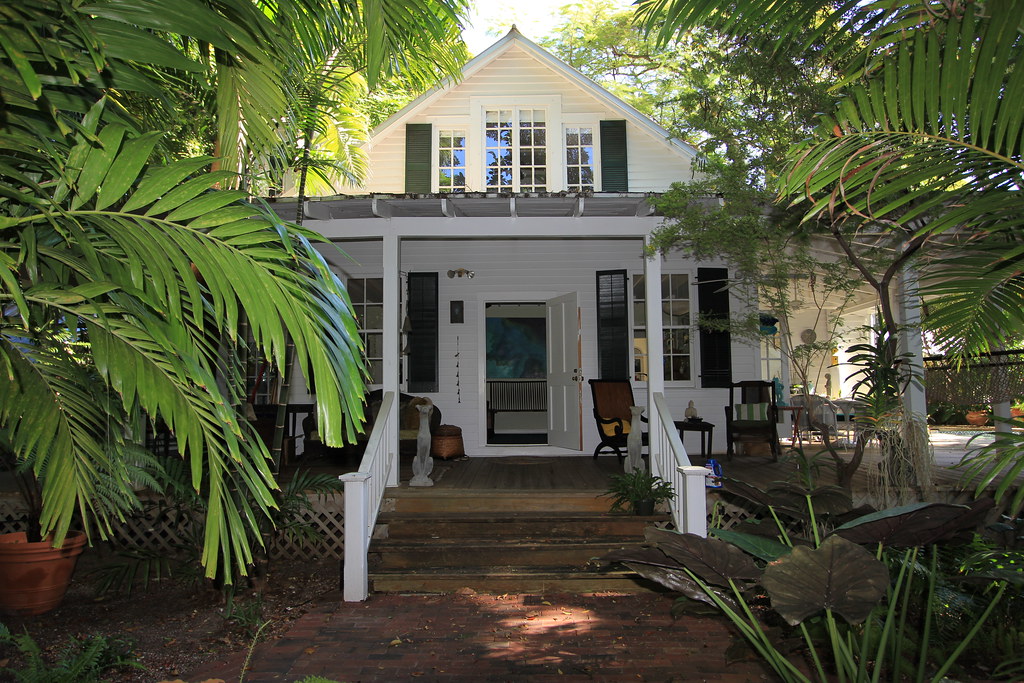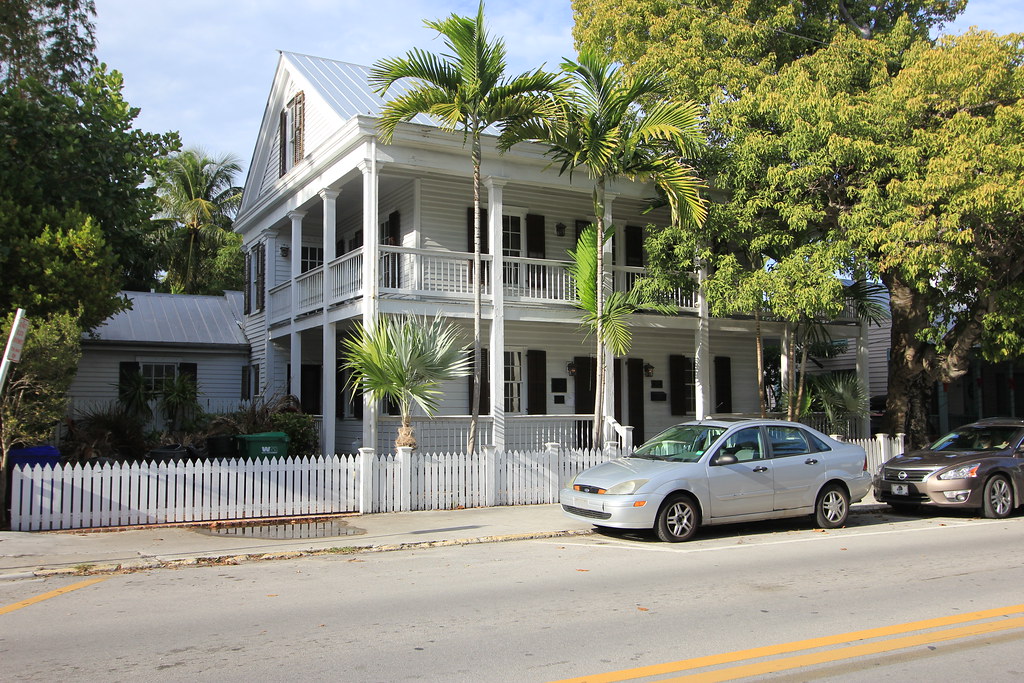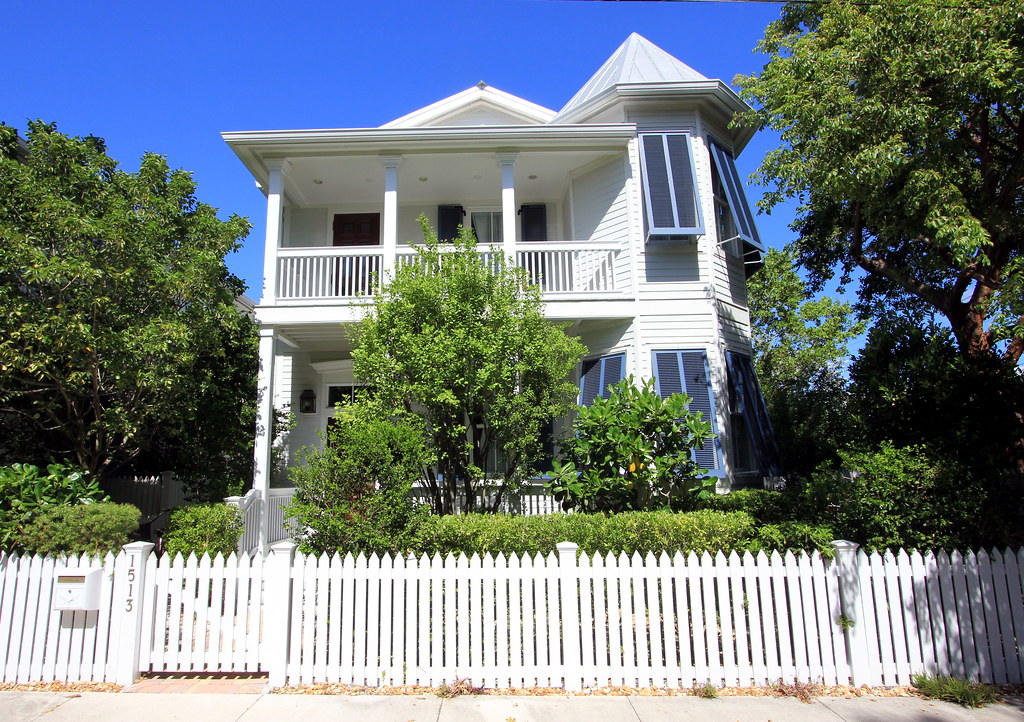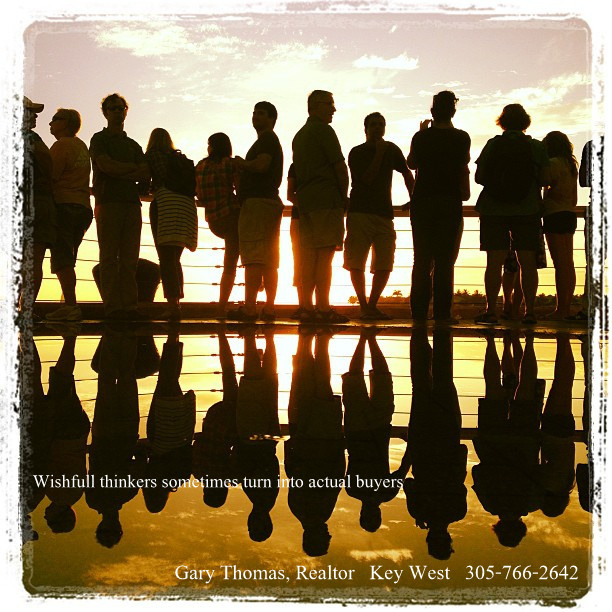The Mickey Mouse Club began to air in 1955. I was in the third grade. I lived one block from school and would get home just as the program came on TV. I loved the Spin and Marty episodes and The Hardy Boys. I was a nerdy little kid who even sang along with the Mouseketeers. I fell under the spell of whatever it was that Walt Disney was peddling. Every now and then Walt Disney would appear on the Sunday program or on the Mickey Mouse Club to spend a few minutes telling viewers about the Disneyland park being constructed in Anaheim, California. He showed photos or film clips of the progress which at that time were ho-hum to me. Disneyland was to have separate areas: Main Street, Adventureland, Frontierland, Fantasyland, and Tomorrowland each of which related to various programs on the Disneyland TV series or Disney movies. After the park was completed and I saw how wondrous the place was, it became exceeding imperative that I needed to go to Disneyland for my life to be complete. Nobody in my school had been there. I had to be the first!
And so in the June 1957 my mother, my dad, and I got in our 1952 Studebaker and headed west to Disneyland. Along the way we stopped at the Petrified Forrest, the Grand Canyon, and Las Vegas each of which slowed us down from reaching the reason for our trip. I spent hours and hours in the back seat of that car dreaming of the magic kingdom. But upon arrival in Los Angeles instead of heading directly to Disneyland, my parents took a couple of adult detours to see a glass church on the ocean, the Farmer's Market, and Hollywood.
We eventually made it to Disneyland and like any kid (or adult), I was so happy to be there. I bought a souvenir guide like the one pictured at the top of today's blog. We set out to visit every inch of the park. While I remember a lot of what I did and saw, my purpose today is to share the one attraction that left a marked impression on my life. While Main Street was Walt Disney's homage to the way life used to be, Tomorrowland was his vision of what life might become. There was a space rocket, rocket rides, and The House of the Future. The house, most of the interiors, the furniture, and most of the furnishings were made of plastic. The objective was to show the public the flexibility and utility of plastics as a building material for all aspects of modern life.
If you have twelve minutes to spare, you can watch a YouTube video (above) which shows the house of the future as it existed sixty years ago The video is well worth twelve minutes of your time. Among the features cited are the atomically irradiated food center; the supersonic dishwasher which cleans dishes by ultrasonic waves; a refrigerator comprised of three cells for regular cold food storage, frozen food, and irradiated food. The kitchen included a microwave "range". The walls, ceiling, floors, and kitchen cabinets, counter-tops, and bath fixtures were made of various forms of plastics. The furniture was also made of plastic - even the man-made fabrics. The Climate Control Center was designed to control heat, air conditioning, ventilation, and also provide scent control by adding the scent of roses or salty sea air to the home. The new age telephone offered push button dialing (as opposed to the rotary dial so familiar at the time) as well as being able to speak without a handset. There was a wall unit device in the bathroom with a closed circuit TV screen where an owner could see who was at the front door and provide two-way communication. The bathroom also had a built-in razor for dad and an electric toothbrush for the family. The shared wall between the boy's bedroom and the girl's bedroom was a collapsible accordion-style room divider. I can't imagine any teenage boy or girl wanting a sibling to open a wall like that without warning - or even with warning.
Today home buyers in Key West want buy older house constructed of solid wood. They want a place with character - not module that looks like every other module - the way the house of the future would have looked. Some buyers prefer little cigar maker cottages while others want to buy large Grand Conch Houses. Most of our homes were built well over a hundred years ago. The Old Town area of Key West has street after street after street with all kinds of historic old homes that were built over the decades of varying styles. Many of the old homes have been renovated while a few are still relatively untouched. Some buyers prefer to buy a house that needs renovated just so that they can incorporate their sense of design and style into their particular house of the future. It is the lack of uniformity that attracts buyers to Key West to find the perfect old home which buyers can transform into their new home. Even houses of more recent construction mimic the building styles of the past to some degree (bottom photo below).













